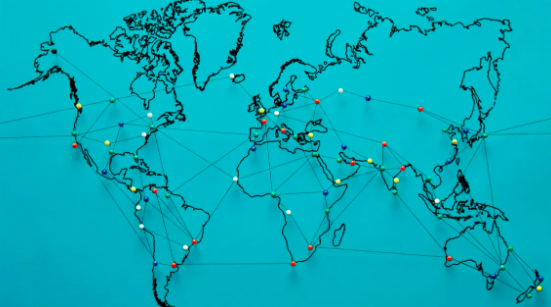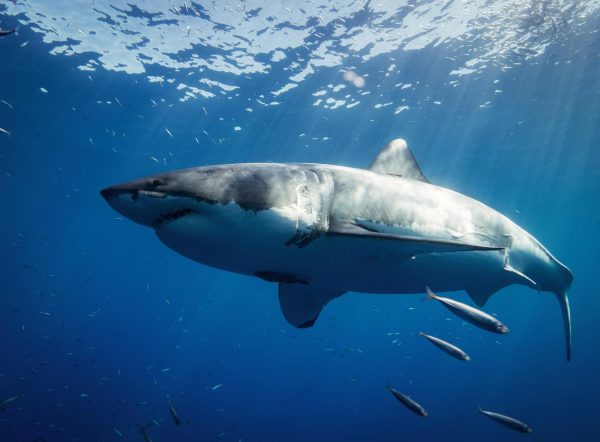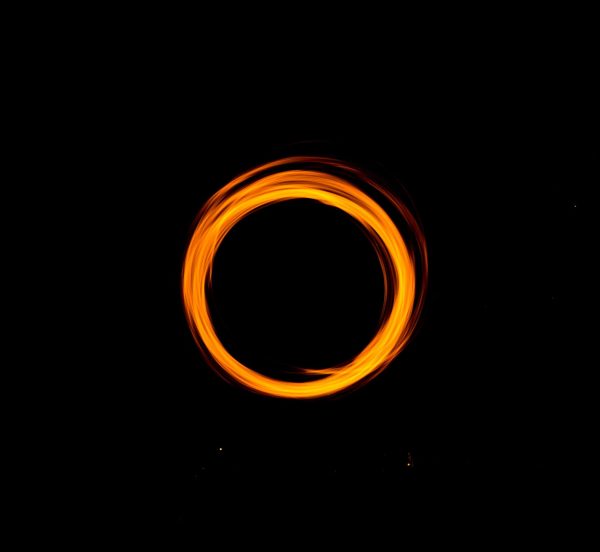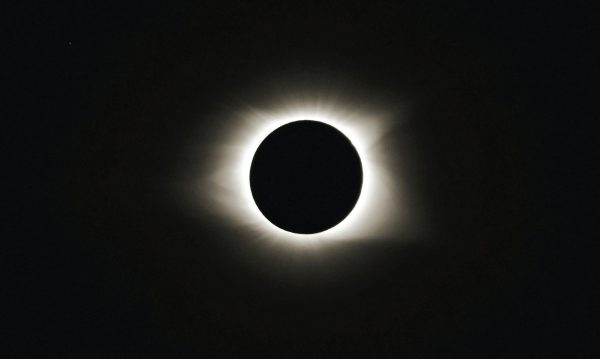COVID-19 Compared to Other Pandemics

April 19, 2020
With the 1918 flu flare-up, 2003 SARS (Severe Acute Respiratory Syndrome) outbreak, and the 2014 Ebola breakout, health officials are better prepared to fight the current coronavirus; but how is COVID-19 similar to each pandemic before it?
The 1918 Spanish flu was an extremely deadly influenza pandemic that spread through respiratory droplets, infected around 500 million people worldwide (one third of the global population), and killed approximately 50 million of those infected. The 1918 strain of influenza was new and fatal for most under the age of 40, and at the time, scientists were not aware that viruses caused disease. Because of this, there were no vaccines or antibiotics to help prevent and treat influenza. Life was also different. Most countries were engaged in World War 1, so soldiers carried the virus with them around the world. People were less hygienic then, which contributed to the increased numbers of cases. Eventually this pandemic ended as a result of the high death and increased immunity. There was no vaccine discovered.
The 2002-2004 SARS outbreak was another type of Coronavirus that originated in China and quickly spread through respiratory droplets. While the SARS death rate was higher, COVID-19 has claimed more lives because SARS cannot survive in the human population for as long. 8,000 were infected with SARS, 8 of those from the US. There were 774 global deaths (15 percent mortality rate), but no US deaths. There was no true treatment, but around the time the virus was ending, a vaccine was developed.
Most recently was the 2014-2016 Ebola epidemic. Ebola was extremely deadly, with a mortality rate of 50 percent; however, because the virus was spread through bodily fluids such as sweat and blood, it was not as contagious at COVID-19. Also unlike the Coronavirus, patients with Ebola exhibited severe symptoms, so health officials were able to quickly isolate those who were infected. There were 28,652 reported cases, and 11,325 deaths. Treatment was limited because no vaccine was found. Only supportive care such as IV fluids and rehydration was offered.
Like both SARS and the 1918 Spanish Flu, COVID-19 spreads through respiratory droplets. Also like previous outbreaks, a vaccine is in dire need. There have been over 2,200,000 confirmed cases and 150,000 deaths. Countries all over the world are doing their best to maintain social distance, and we need to continue to avoid contact with others. Although this is a deadly virus, remember not to panic. We have dealt with deadly pandemics before, and we will do it again.












